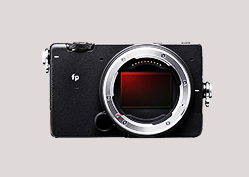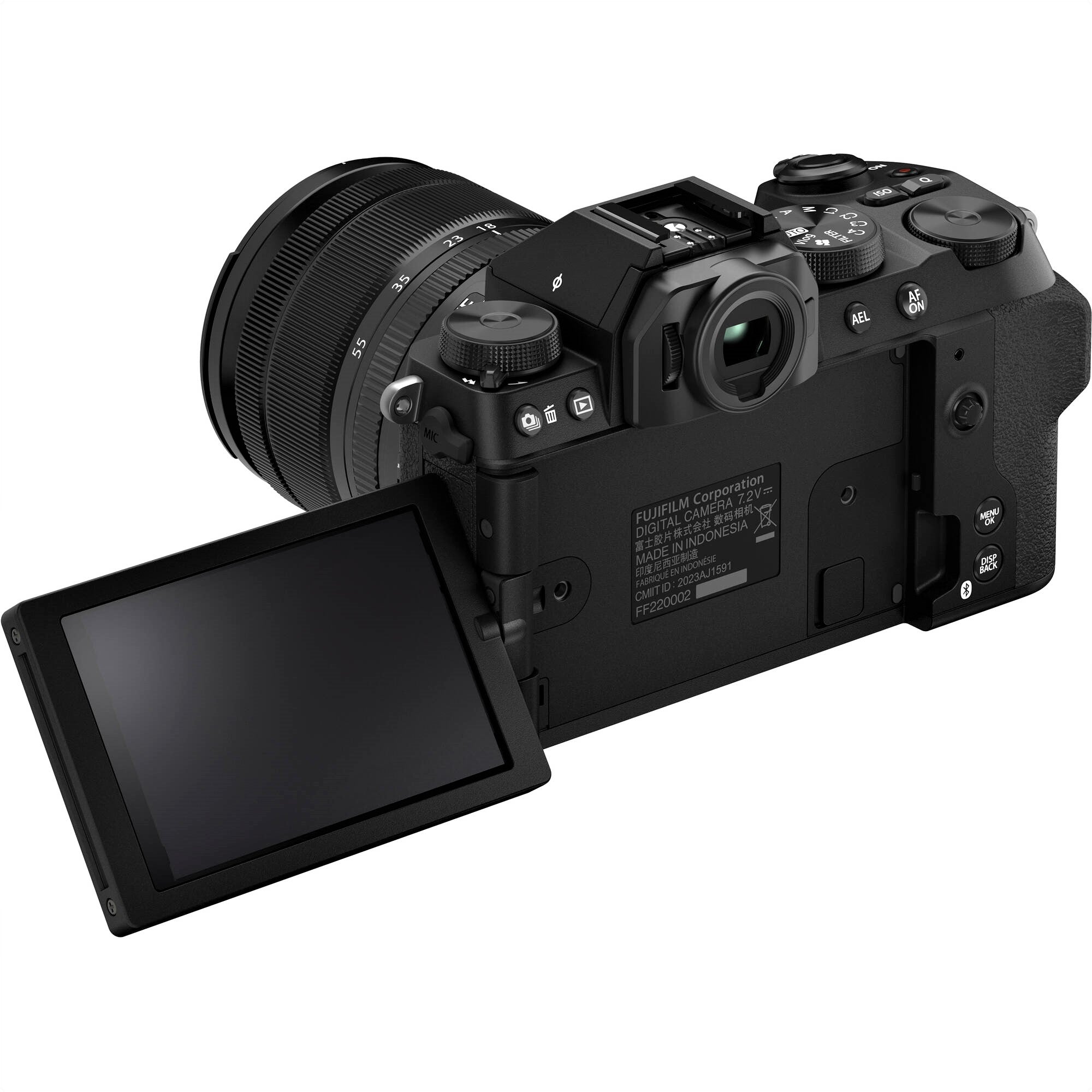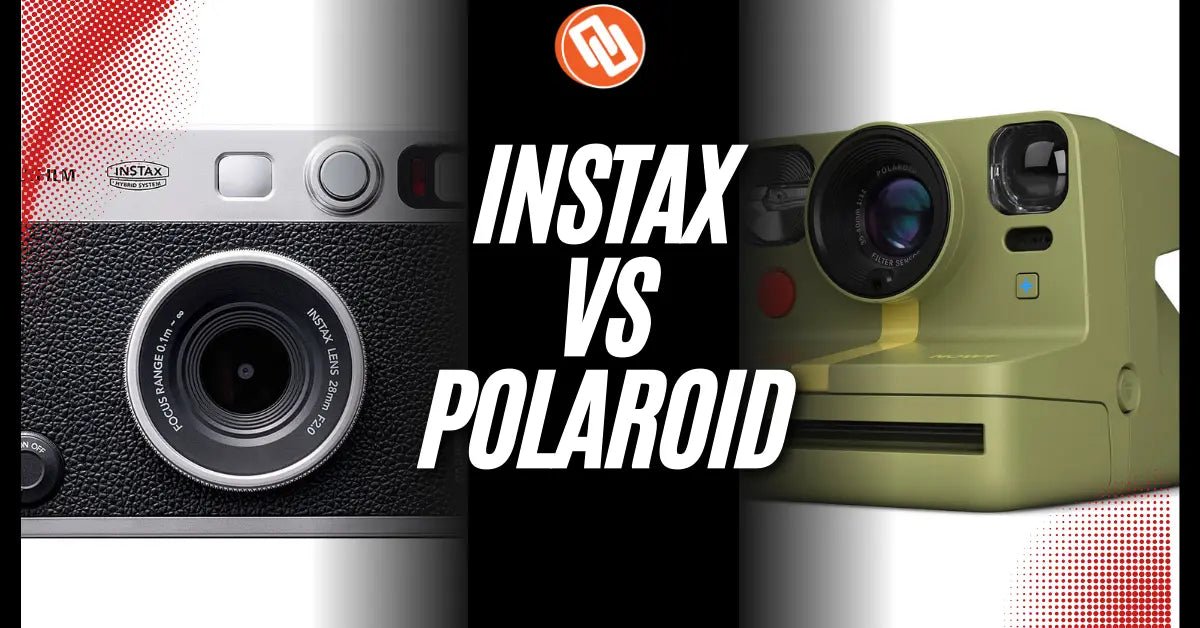When people talk about photo editing, two names keep coming up: Capture One and Adobe Lightroom. Both are big players. Both are trusted. Both help photographers get more control over their images. At first glance, they look similar. But once you dive in, the way they work—and the results they deliver—are not the same.
Lightroom is the tool many photographers pick first. Why? It’s simple, smooth, and connected to the rest of Adobe’s apps. It runs in the cloud, so your photos are always there when you need them. Wedding photographers love it. Travel photographers too. Anyone shooting thousands of images can save time with its presets and AI tools. Lightroom isn’t just for editing—it’s for organizing, managing, and sharing. One place. One system. Quick. Efficient.
Capture One, on the other hand, is all about precision. It shines in studios and on commercial shoots. The color tools? Next level. The detail it pulls from RAW files? Impressive. Skin tones look natural. Workspaces can be shaped to fit your style. And with tethered shooting, you see changes live as you capture. It’s not the easiest program to learn. But for those who want total control, it delivers. Every pixel can be fine-tuned. Every shade balanced. It rewards patience.
So which is right for you? If you need speed and cloud access, Lightroom is the answer. If you want deep control and don’t mind a learning curve, Capture One might be better. Both tools are powerful. The choice depends on what matters most to your workflow.
What is Adobe Lightroom?
Adobe Lightroom is a photo editing and storage tool built in the cloud. It has become one of the most popular platforms for photographers today. Why? Because it’s simple enough for beginners but powerful enough for pros.
What Lightroom Can Do
-
Organize photos fast. A weekend’s worth of snapshots or thousands from a full career—Lightroom’s catalog system and tags keep everything neat.
-
Edit without risk. Changes don’t touch the original file. Every tweak—exposure, color, crop—is reversible. Total freedom.
-
Use presets. Apply a look in one click, or build your own. Keep your style consistent and save hours.
-
Work anywhere. Edits sync across computer, tablet, and phone. Start at home, finish on the train.
-
AI features. With tools like sky masking and noise reduction powered by Adobe Sensei, what once took skill now takes seconds.
Why People Use Lightroom
Wedding photographers edit thousands of photos in batches. Travel shooters sort their images on the go. Content creators push out polished pictures fast with presets and quick export options.
The Bigger Picture
Lightroom isn’t just editing software. It’s a complete hub for managing, enhancing, and sharing photos. It turns the messy job of editing into something smooth, creative, and—dare I say—fun.
If you’re serious about photography, Lightroom isn’t optional. It’s the engine that keeps your workflow running and your creativity alive.
Capture One: A Professional’s Edge
Lightroom is popular because it’s simple and easy to use. Capture One, though, is different. It’s built for pros who want more control. It isn’t just another photo editor—it’s a tool made for precision, detail, and freedom in the editing process.
Why Capture One Stands Out
-
Color Rendering: Color is where Capture One really shines. Its engine makes colors look natural, deep, and accurate. Fashion photographers, product shooters, and commercial pros love this, because color fidelity matters most in their work.
-
Tethered Shooting: In the studio, tethering isn’t optional—it’s critical. Capture One gives one of the best tethering setups out there. You can see shots as they happen, tweak them instantly, and let clients view the process in real time. This saves time. It also improves collaboration and creative flow.
-
Layer-Based Editing: Unlike Lightroom, Capture One works with layers. You can mask, make local edits, and adjust parts of the image without leaving the program. It feels like Photoshop, but faster and more streamlined.
-
Customizable Interface: Every photographer edits differently. Capture One lets you shape the workspace your way. You can move tools, adjust layouts, and create a setup that feels personal, not generic.
So, which is better? It depends. Lightroom is easier for beginners. It has more tutorials, presets, and integrations. Capture One, on the other hand, is the pro’s choice. If you care most about color, detail, tethering, and a customizable workspace—it wins.
In the end, Lightroom gives you simplicity. Capture One gives you precision. The choice comes down to what you value more.
Why Compare Capture One vs Lightroom?
The fight between Capture One and Lightroom isn’t just about features. It’s about how you see yourself as a photographer.
Capture One is sharp, technical, and built for control. Want colors that pop? Layers that behave like Photoshop? Tethered shooting that feels seamless? This is where Capture One shines. It’s not the easiest to learn. But once you get it, it feels powerful—like sitting in the cockpit of a jet. Demanding, yes. Rewarding, absolutely. Perfect for pros, studio shooters, and anyone who craves fine detail over shortcuts.
Lightroom, though, takes another route. It’s smooth, connected, and part of Adobe’s big creative family. Your photos sync from desktop to phone without fuss. Its catalog is clean, simple, fast—scrolling through feels natural. And if you also work with Photoshop, Illustrator, or Premiere, Lightroom slides right into that world without friction. It’s built for flow. Built for speed. Built for creators who want a flexible, mobile-first setup.
So which one wins? That depends on you.
If you want precision—down to the pixel—go with Capture One.
If you want convenience, collaboration, and speed, Lightroom is your match.
Choose the tool that moves with your style. Not against it.
Capture One vs Lightroom: Feature-by-Feature Comparison
Now that we’ve established the core identity of both tools, it’s time to look at how Capture One and Adobe Lightroom compare head-to-head. While both programs are designed to enhance and manage your images, their approaches differ significantly. This section breaks down the main features, performance, and workflow experience, helping you see which software truly fits your photography style.
User Interface and Learning Curve
Lightroom feels friendly right away. The design is clean, simple, and easy to follow. Beginners can start editing almost instantly without getting lost. The panels are laid out in a way that makes sense, and the library keeps large batches of photos organized. Presets make life even easier. With a single click, you can apply filters or custom looks to hundreds of images. No stress. No fuss. For hobbyists, influencers, or even busy pros, this means less guessing and more creating. You spend less time learning the software and more time finishing real work.
Capture One is a different story. At first, it feels heavy. Too many tools. Too many sliders. Too many options. It can be intimidating. But that’s by design. Everything in the interface can be customized. You can change shortcuts. Move panels. Adjust the workspace until it fits your flow. It takes effort. It takes time. But once you push through, it pays off. Many experienced photographers say it becomes second nature. Fast. Precise. Efficient. For them, Capture One isn’t just usable—it becomes a powerful part of the creative process. Sometimes, even faster than Lightroom in the long run.
Editing Power: Colors and Details
This is where Capture One shines brightest. Its color engine is often called the best in the business. Skin tones look natural. Highlights stay balanced. Shadows keep depth. The files feel ready to print with almost no tweaking. Lightroom, in contrast, often needs more adjustments to nail the colors. That difference is critical in fields like fashion, product shoots, or portraits where accuracy matters. For many pros, this alone justifies switching to Capture One.
But Lightroom still has plenty of muscle. It handles huge image libraries without breaking a sweat. And its link to Adobe Creative Cloud makes syncing edits across devices seamless. Capture One can’t match that out of the box. Lightroom also comes loaded with presets and plugin support, which is perfect if you want speed or creative experimentation. Quick edits. Fresh looks. Easy workflows. Still, when perfection beats convenience—like for print magazines or fine art—Capture One takes the lead with its unbeatable detail and depth.
Workflow and Speed
-
Lightroom: Lightroom is all about speed and ease. It’s built for quick work on the go. With cloud syncing, you can jump between laptop, phone, or tablet without missing a beat. Travel photographers, bloggers, and creators love this. Why? Because they can edit and post from anywhere. The interface is clean and fast, especially when sorting through hundreds of photos. For busy content creators, Lightroom saves time.
-
Capture One: Capture One shines in the studio. It’s designed for pros who need precision and teamwork. The standout? Tethered shooting. Plug in your camera and watch photos pop up instantly on screen—ready to edit. Clients see the images live, give feedback right away, and you adjust on the spot. Add in batch processing, and you’ve got a system that trims down post-production. Shoots wrap up faster, with polished results in hand.
Bottom line:
Need portability and speed? Lightroom wins. Need instant previews and pro collaboration? Capture One takes the crown.
Editing Tools: Layers vs Global Adjustments
-
Lightroom: Lightroom uses global edits—changes that affect the whole photo. Yes, it has brushes, gradients, and masks for selective tweaks, but it doesn’t have true layers. That means when edits get complex, you’ll likely end up in Photoshop. Where Lightroom excels is in batch editing: fixing exposure, color, and sharpness across hundreds of photos in one go. It’s simple, fast, and efficient. But not as deep.
-
Capture One: This is where Capture One dominates. It has layers. That means targeted edits without leaving the app. Retouch skin, darken skies, brighten backgrounds—all in one file. Each adjustment sits on its own layer, with opacity controls for precision. No bouncing between programs. For pros, this is huge. It delivers Photoshop-like power in a RAW editor.
In short:
Lightroom = simple, global edits at scale.
Capture One = precise, layered edits with pro-level control.
Performance and File Handling
Lightroom has gotten better at dealing with big photo catalogs. But when you throw a lot at it—tens of thousands of RAW files or several active projects—it slows down. Previews drag. Adjustments lag. Exports take longer. Adobe has worked on performance, sure. Still, when you put Lightroom next to Capture One, it feels slower.
Capture One tells a different story. It was built for pros who shoot and edit fast. Even under heavy loads—tethered shoots, huge imports, or medium format files—it stays stable. Navigation is smooth. Colors render fast. Exports finish quickly. No matter how large your library grows, it holds steady. For photographers with deadlines, that reliability is huge. It’s the edge that can make Capture One the safer choice.
Pricing and Value
Lightroom is part of Adobe’s Photography plan. That plan also gives you Photoshop. Together, they cover a lot—organization, editing, and advanced retouching. Plus, the subscription price is reasonable. You get updates. You get cloud storage. And everything links across devices. The value here is the package itself: two tools, one ecosystem, one bill.
Capture One, though, asks for more money. You can pay a subscription or buy it outright. Either way, it feels pricier at first. But the value is different. It’s about precision and color accuracy—areas many say Capture One does better than anyone. The tools shine in studios, fashion shoots, and commercial work. If Photoshop isn’t central to your workflow, Capture One’s power can make the price worth it. It’s less about saving money and more about investing in control, speed, and quality.
Do Professionals Use Capture One?
Yes, they do. Many professional photographers—especially in commercial, fashion, and studio work—depend on Capture One. Why? It shines in one key area: tethering. Photographers can shoot straight into their computer, previewing images instantly. In fast-paced studios, this isn’t just convenient—it’s vital.
Another strength is color control. Capture One lets you fine-tune tones with accuracy. Some say its grading tools even beat Lightroom. Add in its powerful rendering engine, and you get sharper details and cleaner files. For photographers who need every pixel perfect, it’s a top choice.
But Lightroom isn’t going anywhere. It rules in weddings, events, and travel. The reason is simple: speed and flexibility. Lightroom’s cloud system, mobile apps, and smooth syncing make it easy to edit anywhere. Handling thousands of photos? Its cataloging system helps keep things organized. That’s huge for pros with large, fast-moving shoots.
So, here’s the bottom line:
-
Capture One is for photographers who crave control, precision, and the best image quality.
-
Lightroom is for those who need speed, convenience, and access across devices.
It all depends on what matters more to you—total creative control or workflow efficiency.
Fact: According to a recent survey of 657 photographers, 58 % use Adobe Lightroom as their primary editing software, while just 12 % turn to Capture One—highlighting Lightroom’s overwhelming popularity, yet also signaling a strong, dedicated minority of pros choosing Capture One for its advanced tools and precision.
(Source: Shotkit via Digital Camera World)
Final Thoughts
Choosing between Capture One and Adobe Lightroom ultimately comes down to your photography style, workflow, and priorities. Both tools are industry leaders, but they serve slightly different needs.
Summary of Key Takeaways
-
Adobe Lightroom is best for photographers who value simplicity, cloud integration, and accessibility. It’s ideal for beginners, travel photographers, and creators who want to edit on the go and keep their workflow streamlined. Adobe Lightroom also integrates seamlessly with Photoshop, making it a versatile choice for those already in Adobe’s ecosystem.
-
Capture One shines when it comes to color accuracy, tethered shooting, and professional-grade editing. With its layer-based editing and superior performance on large files, Capture One Pro is built for photographers who need precision and control—especially in studio or commercial environments.
-
Professionals often prefer Capture One for its advanced tools and customization, while Lightroom remains the favorite among those who value speed, presets, and device syncing.
So, is Capture One really better than Lightroom? The answer depends on your needs. If you want the absolute best in image quality, editing flexibility, and professional workflow features, Capture One is the stronger choice. If convenience, affordability, and portability matter most, Lightroom is still a powerful option.
At the end of the day, both programs can elevate your photography—what matters most is which aligns with your creative process.
If you’re ready to take your photo editing to the next level with professional-grade tools, explore the full power of Capture One Pro today. Visit our website at Nuzira to learn more and get started with the software trusted by top photographers worldwide.






